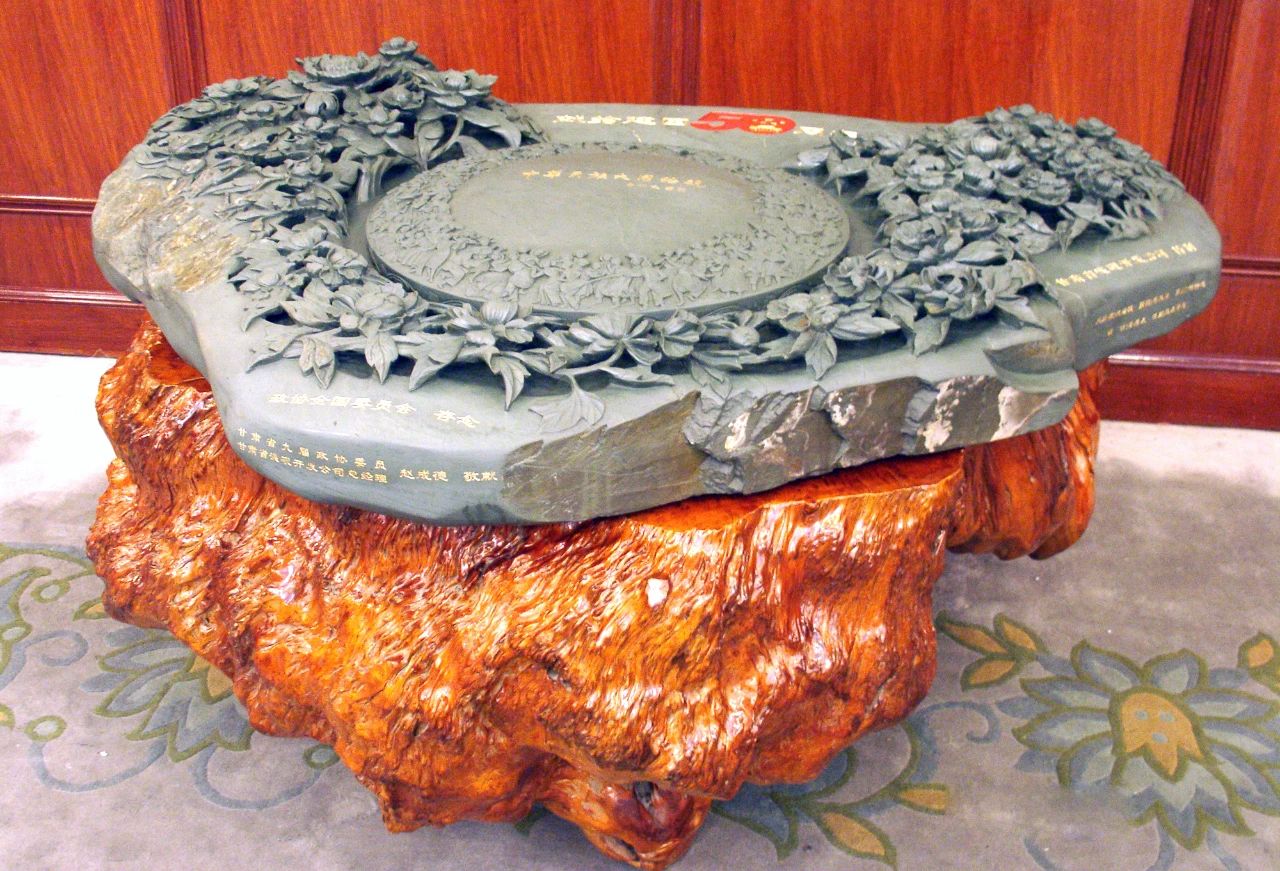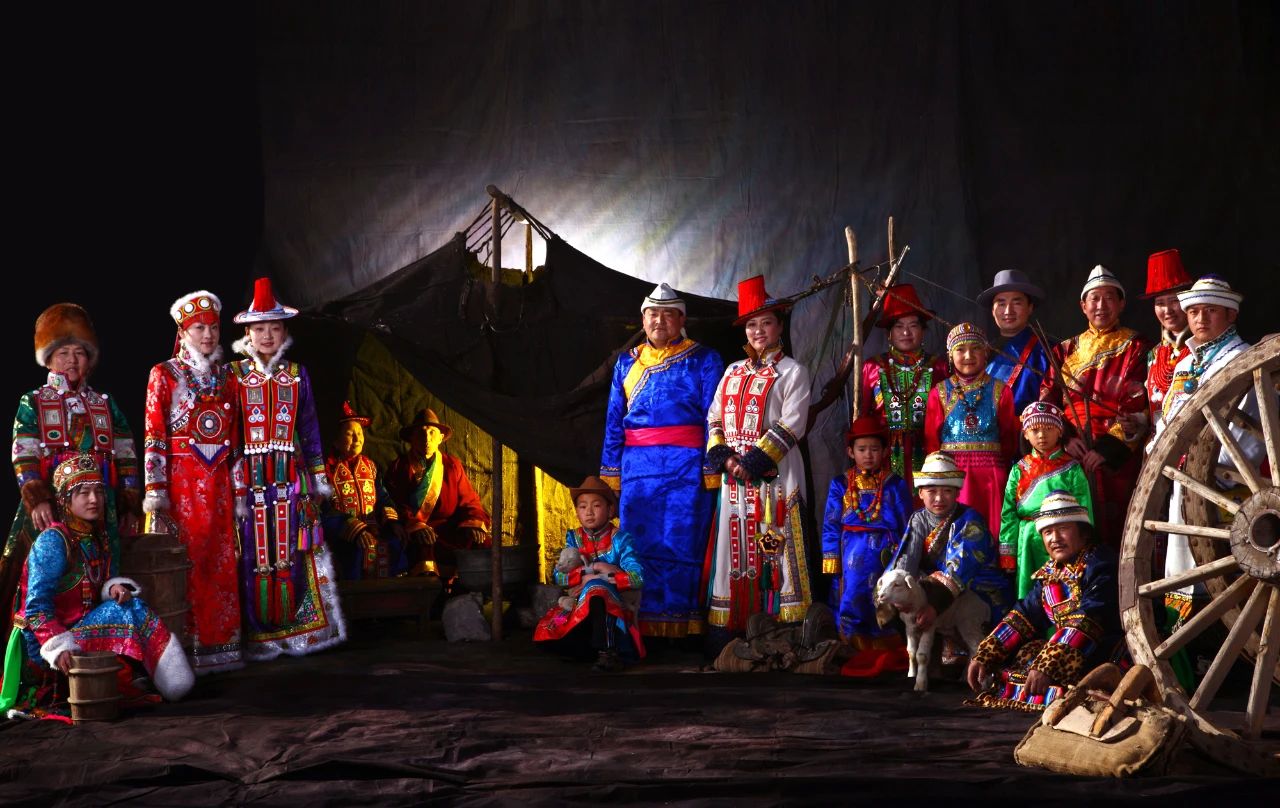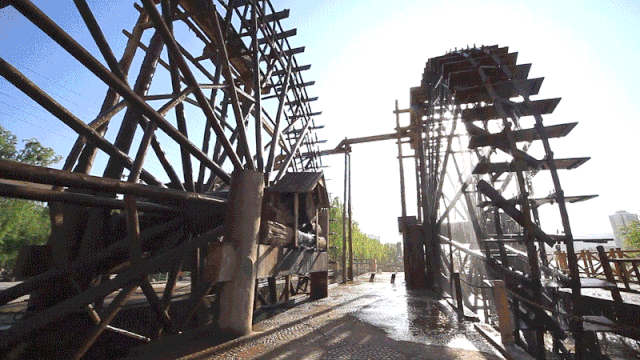Intangible cultural heritage of Gansu

Gansu (Gan or Long for short) is a province where many nationalities live together, including 55 ethnic minorities, of which Dongxiang, Bonan and Yugur can only be found in Gansu. The industrious and ingenious people have lived here for generations and created rich and profound traditional culture. The Hua’er of Linxia Hui autonomous prefecture, Daoqing shadow play of Huanxian county and Gesar of Tu nationality have been listed into the UNESCO’s representative list ofintangible cultural heritage of humanity. Moreover, 68 traditional folk arts and crafts have been included into the national representative projects of intangible cultural heritage, such as Qin opera, Long opera, Gaoshan opera, Qingyang sachet embroidery, luminous jade cup carving, and Taihao Fuxi memorial ceremony. In addition, there are 493 provincial representative projects of intangible cultural heritage, including Kongtong martial arts, Dongshan lantern festival and Minqin camel caravan, etc.

Duodi performance – a traditional folk dance in Zhouqu county
The Duodi performance, included in the list of national representative intangible cultural heritage, is a traditional folk dance in Zhouqu county, Gannan Tibetan autonomous prefecture, Gansu province. Zhouqu is regarded as the little Tibetan Jiangnan (the most beautiful region in the south of the lower reaches of the Yangtze River), like a shining pearl inlaid in central China. And the Duodi performance is very popular in its 19 local townships, which diversifies in form and locality, and the most typical ones are Luoluo dance, Baizhen (array) dance, Maling (horse bell) dance and Qiaoda (clapping) dance.
Lanzhou carved gourd
Lanzhou carved gourd is included in the provincial intangible cultural heritage. The skilled craftsmen uses knives and needles to carve a wide variety of vivid patterns of the Chinese traditional poetry, calligraphy and paintings on gourds, which are exquisite carving arts with distinctive local features of Lanzhou city.
Kongtong Martial Arts
Kongtong martial arts, listed in the provincial intangible cultural heritage, is one of the five major Chinese Kung Fu paralleled with Shaolin, Wudang, Emei and Kunlun. Closely connected with the Taoist culture and originated from Kongtong Mountain, a beautiful 5A level tourist attraction, Kongtong martial arts is full of mystery and uniqueness in its strategies, techniques and striking skills. It emphasizes on striking and capturing and aims to benefit body-building, maintain fitness and improve strength.

Bonan broadsword forging
Tibetan medicines
Lanzhou Taiping (Peace) Drum
Honggu black pottery
Huanxian Daoqing shadow play
Tao inkstone crafts
Linxia brick carving
Minxian albronze casting
Qingyang sachet embroidery
Cave dwelling construction
Thangka
Tianshui carved lacquerware
Luminous jade cups
Yugur costume
Waterwheels along the Yellow River in Lanzhou City
Zhulan village clay sculpture
Baima Tibetan Wooden Masks
Paper cutting art

Today, these rich and profound intangible cultural heritages, passed down from masters to apprentices for generations, are still popular among local people. With everlasting artistic charm and unique folk value, they have constituted a distinctive cultural landscape in Gansu province.



















